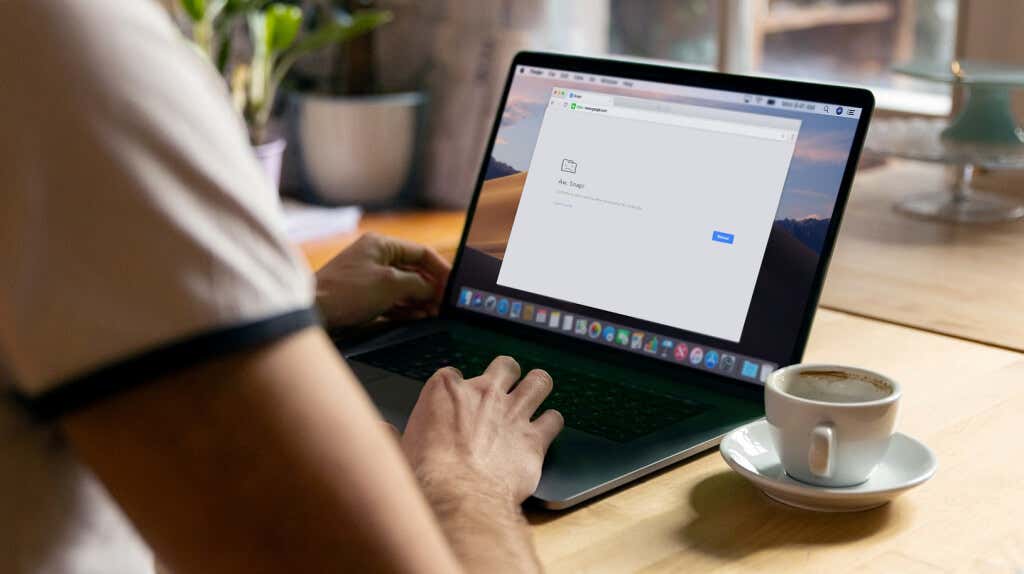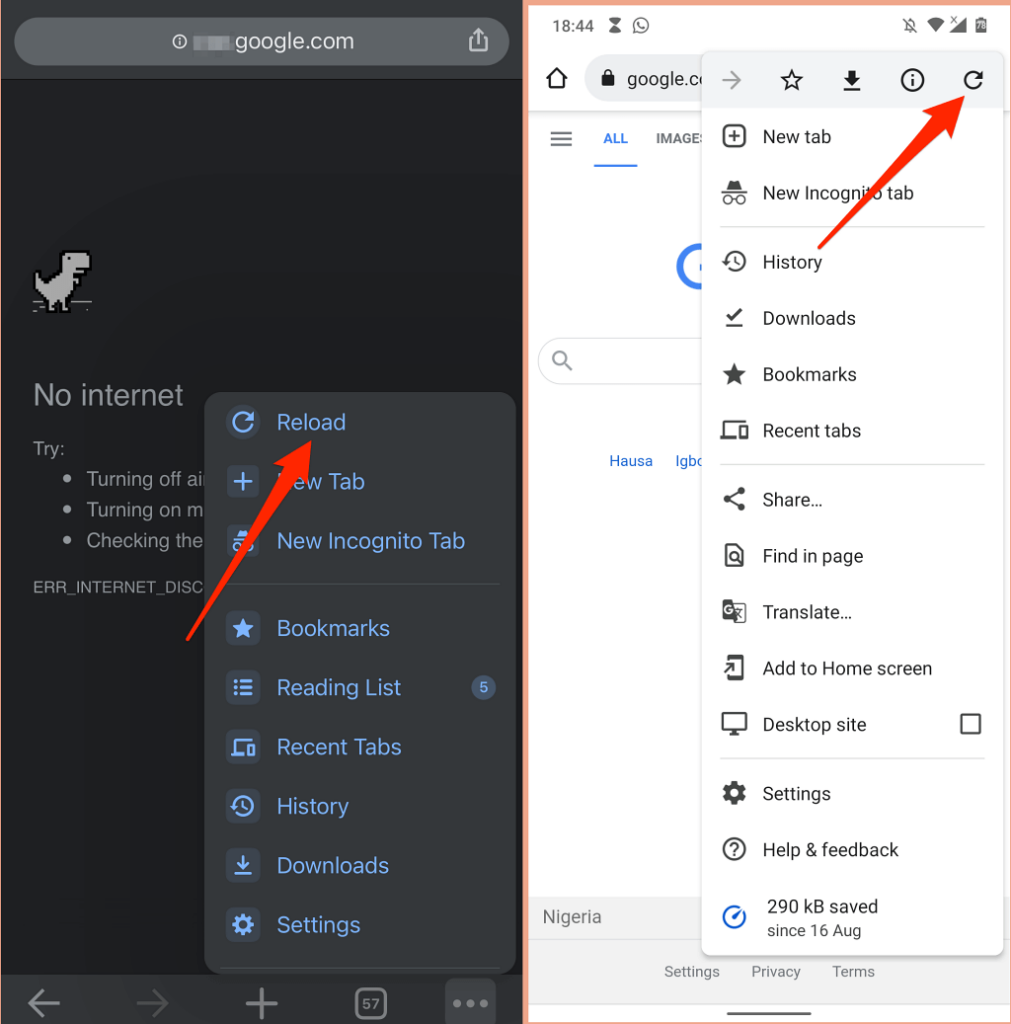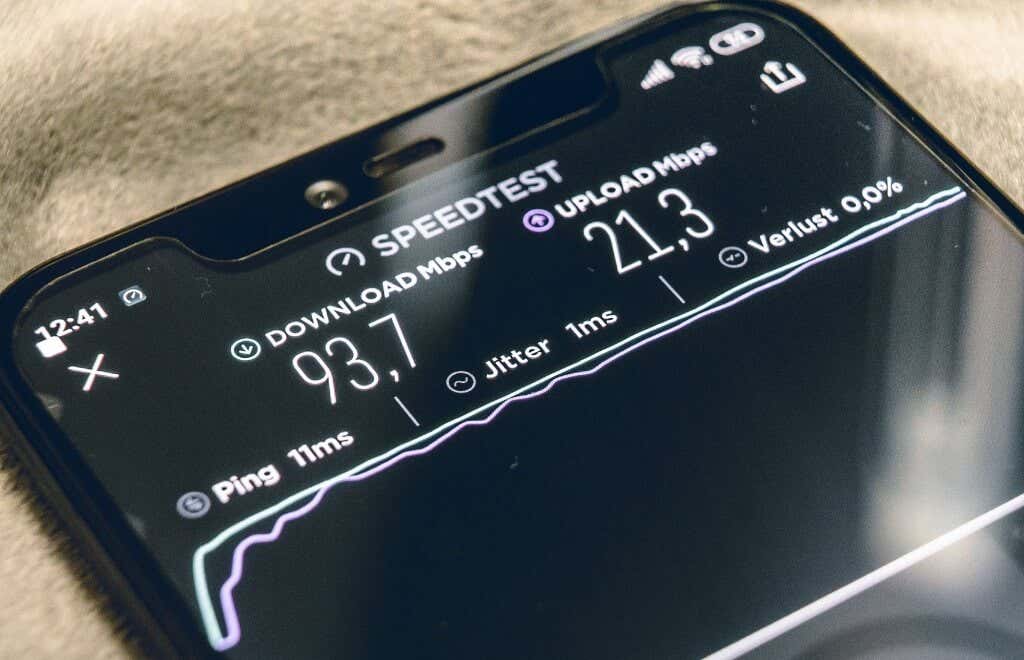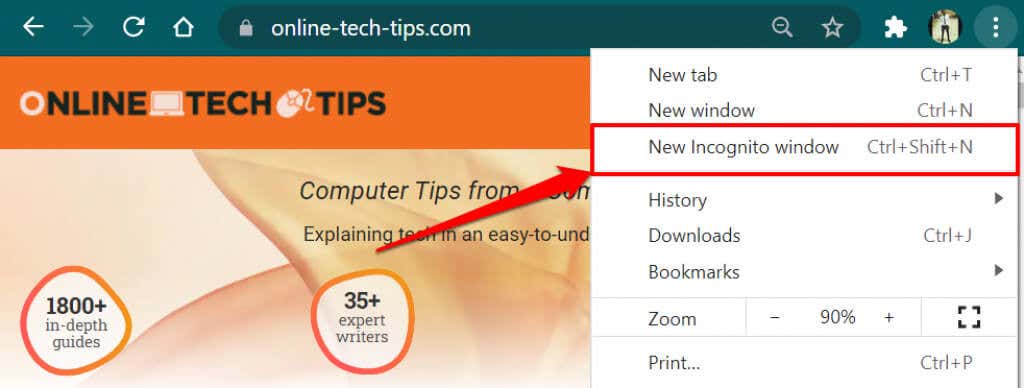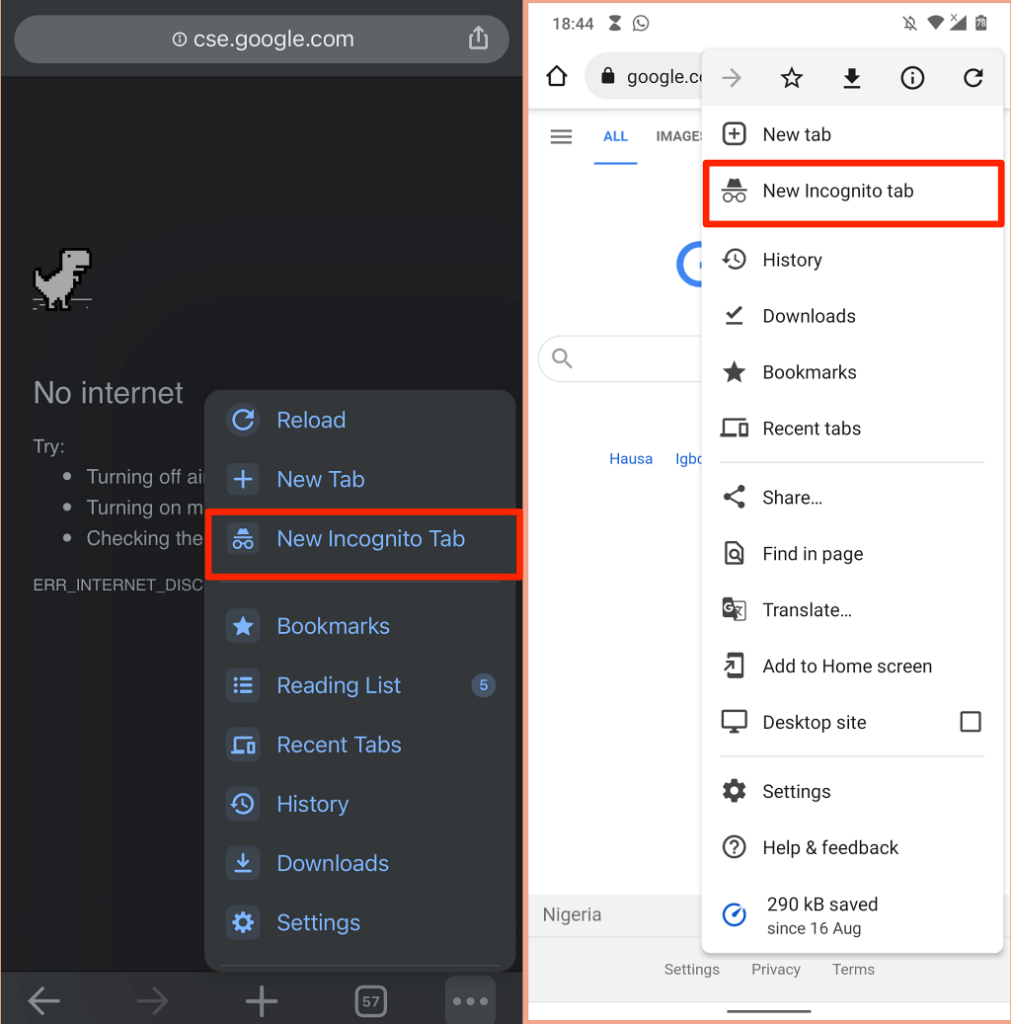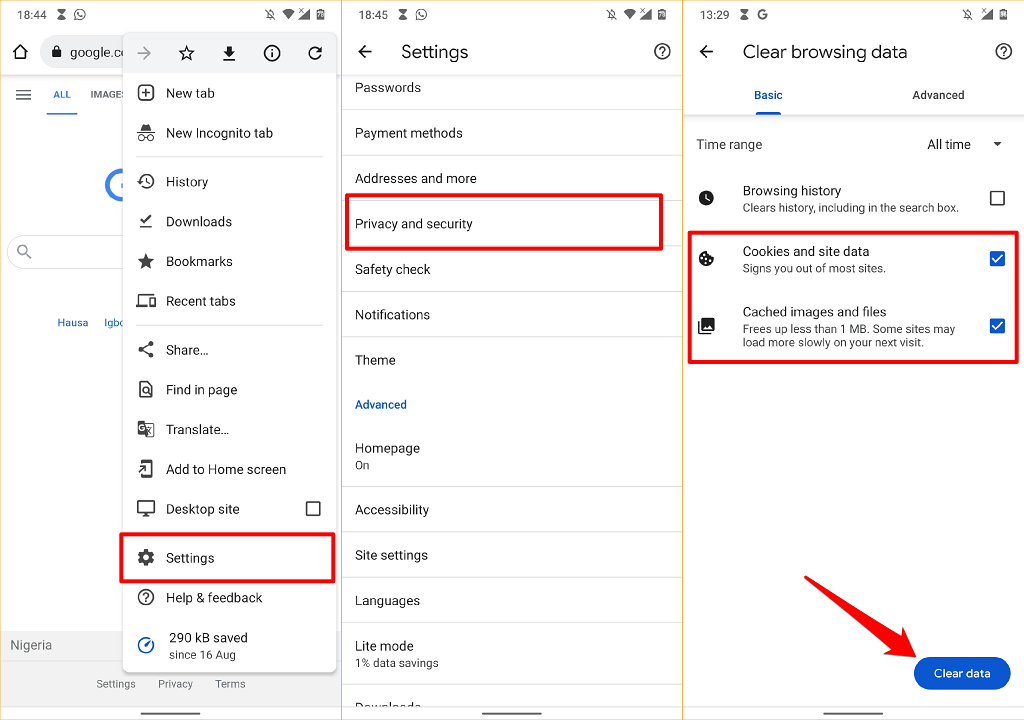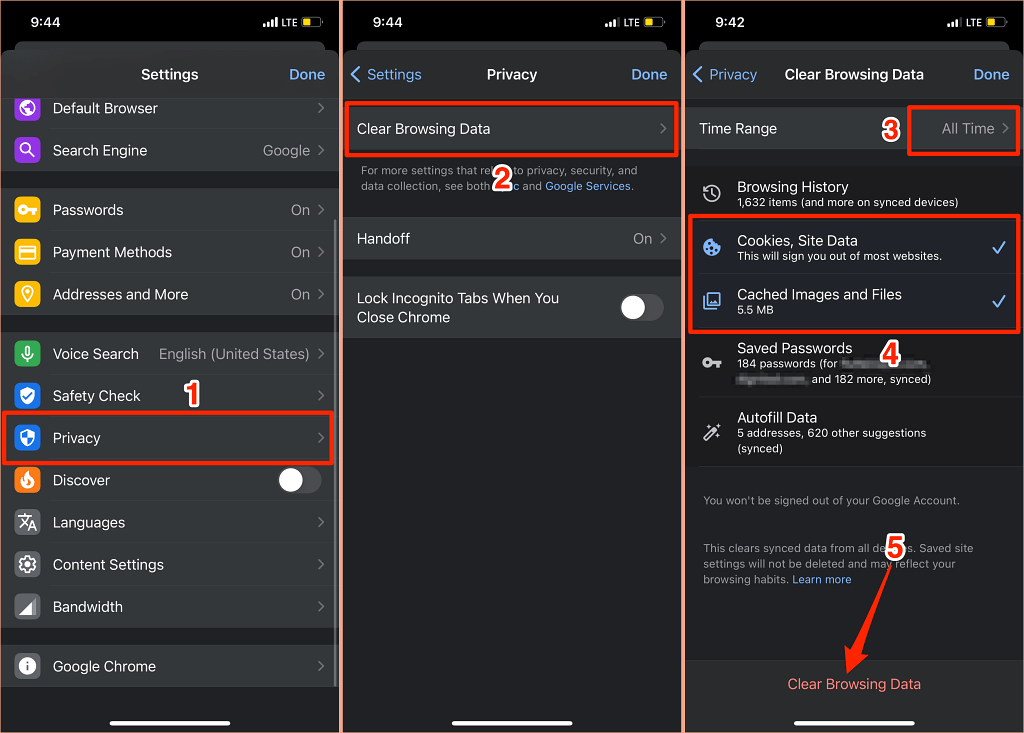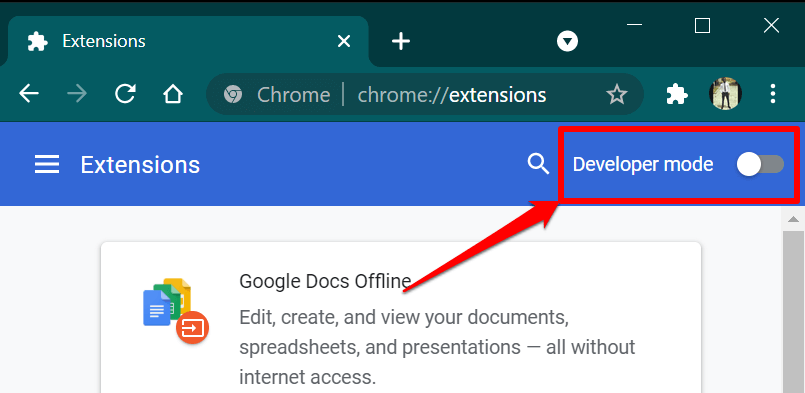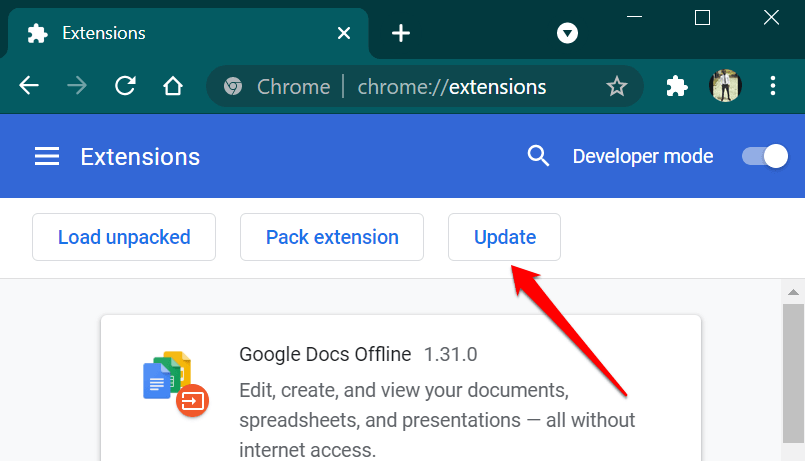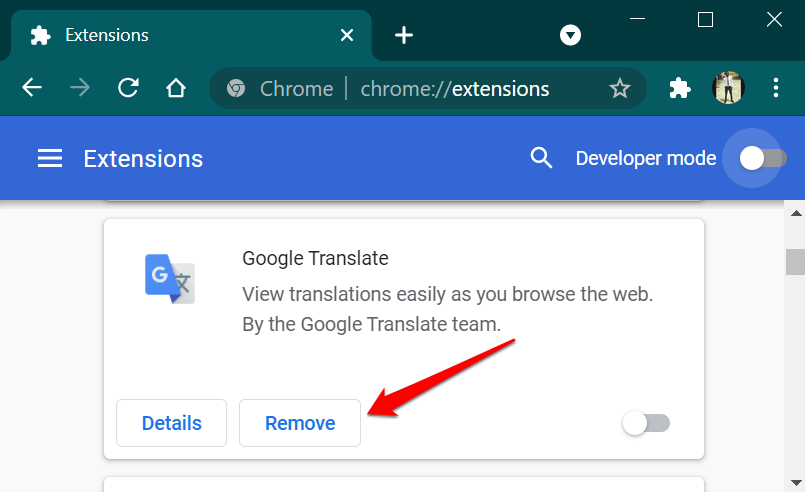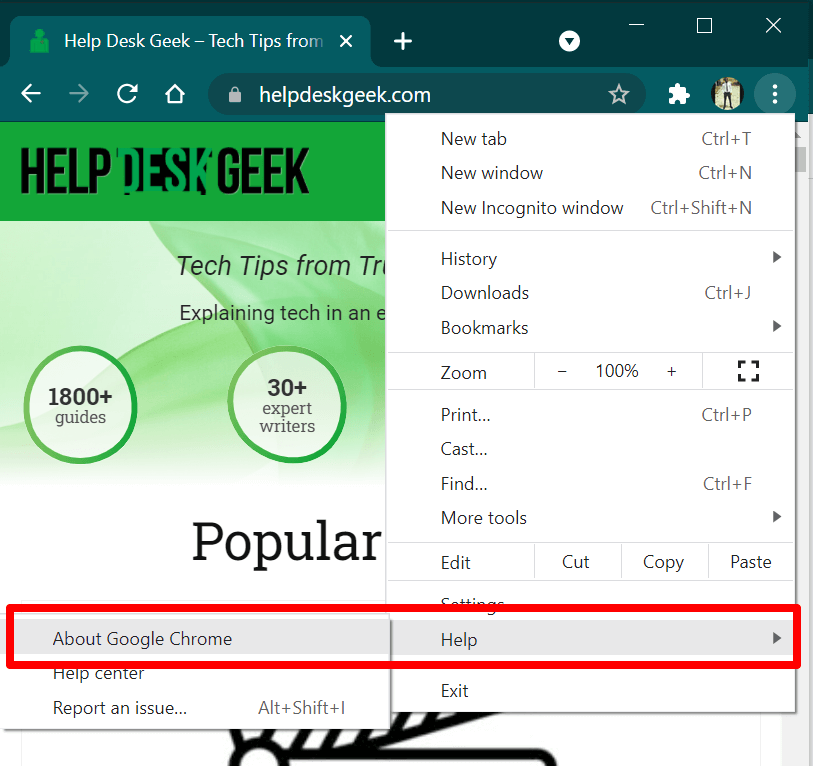It kind of hurts our feelings
Chrome displays an error code or message when it runs into an issue. The “Aw, Snap!” error on your device signals that Chrome is having problems loading the page. This could be due to poor network connectivity, low device memory, bad extensions, corrupt cache data, or problems with the site you’re visiting.
In this tutorial, we’ll show you how to fix the “Aw, Snap!” error in Chrome. These fixes apply to both mobile and computer—Android, iOS, Windows and macOS.
1. Reload the Page
Refreshing the webpage will resolve the error five out of ten times. If you’re using Chrome on your computer, press F5 on your keyboard or select the Refresh icon next to the address bar to reload the page. The Control + R (in Windows) or Command + R (in macOS) keyboard shortcuts will also refresh the page.
On mobile devices or tablets, tap the More (three-dot) icon and select Reload.
If you’re still getting the “Aw Snap!” error, try visiting another website to determine the source of the problem. If Chrome doesn’t load other websites, there’s likely a problem with your internet connection. But if the error is specific to a particular web page, contact the site administrator to report the issue.
2. Troubleshoot Your Internet Connection
An unstable internet connection can trigger the “Aw, Snap!” error in Chrome. Therefore, we recommend that you pause any ongoing downloads, music/video streaming, online gaming, and any bandwidth-heavy operations running in Chrome or on other browsers.
If your device is connected to a network but doesn’t have internet access, restart the modem or router. Reset your device’s network settings, update the network drivers, reset the router, and try other troubleshooting tips listed in this tutorial.
On mobile devices, Chrome may display the error message if your cellular data is slow or inactive. If the connection or signal strength in your location is poor, move to a different location or switch to a different network provider. Before then, disable any VPN or proxy app and reset your device’s cellular connection by enabling and disabling airplane mode.
Go through our article that covers all possible causes of slow mobile data speed for more troubleshooting solutions.
3. Use the Incognito Workaround
Chrome saves information (cookies and cache files) about websites you visit on your device. Although this information improves page load time and enhances your browsing experience, they sometimes prevent web pages from loading correctly. Opening the page in an Incognito window will prevent Chrome from storing the website’s cookies.
Copy the site’s URL, press Control + Shift + N (or Command + Shift + N on Mac) to open a new Incognito window, paste the URL in the address bar, and press Enter. Alternatively, tap the More icon and select New Incognito window on the menu.
To open the page in an Incognito window on mobile, tap the More (or Menu icon) in the bottom-left corner, select New Incognito Tab and visit the page in the new tab.
4. Close Other Tabs or Applications
Having too many Chrome tabs can slow down the browser, eat up your device’s memory, and cause other errors. Chrome may display the “Aw, Snap!” error if your device doesn’t have sufficient system resources to load the web page.
Close unneeded tabs or save/bookmark them for later. That’ll free up memory for the affected web page(s) to load correctly. To close a Chrome tab, select the x icon on the tab or press Control + W on PC (Command + W for Mac). Better yet, right-click the tab you want to close and select Close.
Use the Task Manager on your Windows PC to close unneeded apps and background processes. To free up memory on a Mac notebook or desktop, use the Activity Monitor to kill and force-quit apps you aren’t using.
5. Close and Reopen Chrome
Doing this will refresh Chrome and eliminate hidden glitches preventing the browser from loading web pages (or a particular site) correctly.
6. Clear Chrome’s Cache and Cookies
We already highlighted how corrupt cookies and site data could hinder Chrome from loading web pages. If opening the site in an Incognito window doesn’t resolve the problem, clear Chrome’s cache files, cookies, and site data saved on your device and try again.
Clear Chrome’s Cookies and Cache Data on PC or Mac
Open Chrome’s Settings, go to the Privacy and security tab, select Clear browsing data, choose All time in the “Time range” category, check the Cookies and other site data and Cached images and files options, and select Clear data.
Clear Chrome’s Cookies and Cache Data on Mobile
On Android, open Chrome’s menu, select Privacy and security, choose All time in the “Time range” section, check Cookies and site data and Cached images and files, and tap Clear data.
To clear Chrome’s cookies and cache data on iPhone or iPad, open the browser’s settings menu, select Privacy, select Clear Browsing Data, set the “Time Range” to All Range, select Cookies, Site Data and Cached Images and Files, and tap Clear Browsing Data.
7. Disable, Update, or Uninstall Bad Extensions
Incognito mode in Chrome also disables all extensions. If you don’t encounter the “Aw, Snap!” error in an Incognito window, there’s probably a buggy or bad extension preventing Chrome from loading the page.
Head to Chrome’s extension management page and reload the page after disabling each extension in successions. If Chrome loads the page successfully after disabling a particular extension, that tells you the culprit responsible for the “Aw, Snap!” error.
In that case, update the extension or uninstall it from the browser and report the problem to the developer(s). Chrome automatically updates extensions in the background but at its convenience. Follow the steps below to manually update extensions in Chrome:
- Paste chrome://extensions in the address bar and press Enter.
- Toggle on Developer mode in the top-right corner.
- Tap the Update button and wait for Chrome to update all extensions installed in the browser.
Close and reopen Chrome when the browser displays an “Extensions updated” success message and visit the website again.
If you’re still getting the error, remove the problematic extension and reload the page.
Tap Remove on the card displaying the extension and tap Remove again on the confirmation prompt.
8. Update Google Chrome
Although the “Aw, Snap!” error affects both smartphones and computers, the issue is prevalent in Chrome 78 and 79 on Windows devices. These Chrome versions contained bugs that allowed some antivirus programs to inject unsigned code in the browser, thereby preventing Chrome from loading web pages.
Open the Chrome Settings menu, select About Chrome OS, and update the browser to the latest version.
If the problem persists after updating Chrome, disable or uninstall your antivirus software and try loading the page again. Still getting the “Aw, Snap!” crash error? Contact the website administrator or use Chrome’s feedback form to report the issue to Google.
Open Chrome menu, select Help, select Report an issue, and provide details about the issue in the appropriate dialog boxes.
Google won’t send a personalized response, but they’ll investigate your report and fix any existing bug.


